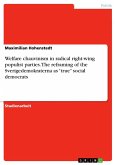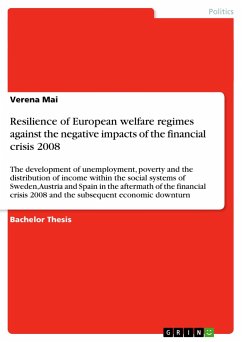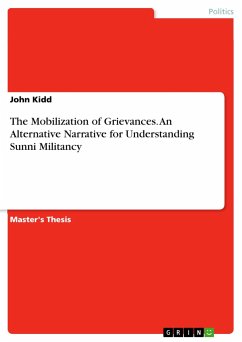Diploma Thesis from the year 2007 in the subject Politics - Region: Western Europe, grade: 2,0, European University Viadrina Frankfurt (Oder) (Kulturwissenschaftliche Fakultät), language: English, abstract: The research on the Radical Right dealt marginally with Sweden in comparison to other European cases such as Germany and France. That was caused, among other things, by the fact that Sweden is still a negative case in terms of successful Right wing parties. The assumption in this particular case was negatively derived from a party research perspective. However, the social movement research shows another picture when it comes to Radical Right phenomena below the surface of party organization. The Radical Right movements in Sweden are rather strong and in some cases tremendously well organized.Obviously, there is a certain gap between these two perspectives. This is not caused by contradicting findings of both research traditions per se. It is rather an outcome of the specific range of each research tradition and the empirical bipolarity of the case. While the classical party research states a negative case in terms of successful parties, the research on social movements and milieus highlights a picture of traditionally strong and vital Right wing forces below the perceptional focus of party research. A research on the whole phenomenon, including both party level dimension and movement level dimension and their interacting mobilization conditions, has not jet been done. It is the aim of this paper to fill this research gap by focusing on the Swedish case and by combining both party and social movement research in order to understand and possibly explain the above-described bipolarity more deeply than it has been done separately before. In doing so I can hopefully supplement to a more complete picture on the Swedish party landscape, especially the phenomenon of a continued absence of an established RR party while at the same time movement type organizations enjoy a relative strength.
Hinweis: Dieser Artikel kann nur an eine deutsche Lieferadresse ausgeliefert werden.
Hinweis: Dieser Artikel kann nur an eine deutsche Lieferadresse ausgeliefert werden.








